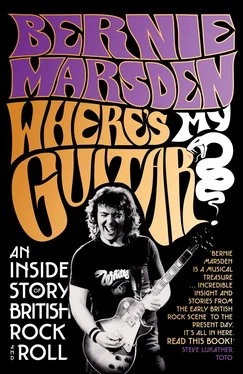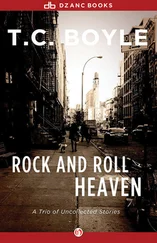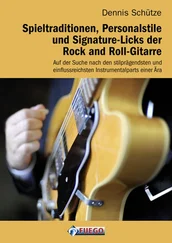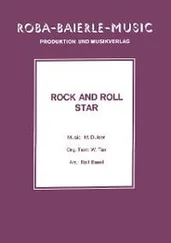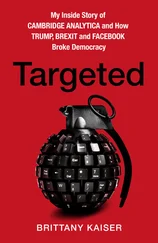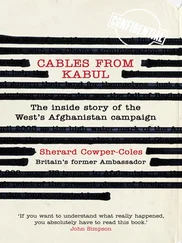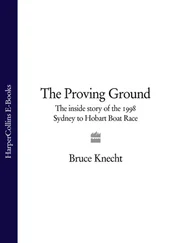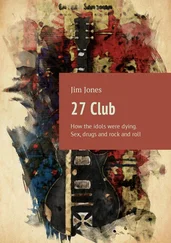Whitesnake would open for Jethro Tull that night in front of some 15,000 people as part of our US tour. I had been frustrated many times in previous years by tours in the US being cancelled for various reasons but now all of that was unimportant. It had taken less than eight years to go from my local town hall to Madison Square Garden. No time at all really.
We stayed at the famous Navarro Hotel, a magnificent gothic building overlooking Central Park. Its residents included film stars, poets, musicians, singers and artists and Jacqueline Susann wrote Valley of the Dolls there in the 1940s. Musical guests included Jimi Hendrix, the Kinks, the Rolling Stones, the Grateful Dead and Jim Morrison. I shared an elevator with actor James Caan when I arrived. Sonny Corleone and me in a lift! I tried to be the cool Englishman as Mr Caan smiled, ‘Nice socks.’ I had completely forgotten that I was holding a spare pair lent by Mick Moody. ‘Take care with those socks,’ said James Caan as he got out.
Whitesnake had no creative management whatsoever but had managed to get to America. That was testament to how together we were at the time. We were ready and it was our time to go global. I was back on the bus and heading for Madison Square Garden in no time. The gig was over far too fast. Jethro Tull’s audience liked us a lot, although we were practically unknown in America. Jon Lord and Ian Paice received the biggest recognition as Deep Purple still meant something to the fans.
Time to break America – that was the plan. But plans don’t always work out, do they? Let’s go back to the start.
I was born on 7 May 1951 in Westfields estate in Buckingham, an extremely quiet town of between 2,000–3,000 souls. My mum and dad were working-class parents and, boy, did they work hard. When I was four we moved to a brand-new council house in Overn Avenue. This was a triumph – my parents had earned their new house, and they loved it. It was my castle.
Buckingham had old-fashioned shops, rather than supermarkets – butchers, greengrocers, a wool shop, a saddler, two gentlemen’s outfitters and a very good toyshop. Walter Tyrell, the fruit-and-vegetable man, delivered to our estate twice a week, his overloaded cart drawn by one of his small ponies. Brook’s Dairies delivered milk and orange juice daily, also by horsepower.
My Victorian-built primary school was in Well Street. I got on well with the teachers, except deputy head W. T. Benson. I don’t know why he took such a dislike to me. When I was seven he ridiculed me in front of the class for a spelling mistake. All he did was make me realise that I rather enjoyed being the centre of attention – a sign of things to come!
I failed my eleven-plus and went to the secondary modern. I never did go to university, but in 2015 the University of Buckingham honoured me with a master’s degree for services to music and Buckingham! I accepted with a great deal of pride. My dad was there with my wife, Fran, and daughters Charlotte and Olivia. I wish that my mum could have seen it, but she passed away the previous year. I did find it ironic to be mingling with brilliant academics who had years of hard study under their belts when I had received only a very average education myself. Some of my teachers had also taught my mother some thirty years earlier. Imagine that! How could they possibly relate to my generation?
I was twelve when President Kennedy was shot in November 1963. I remember being scared by my mum’s reaction. ‘There will definitely be a war if the Russians did it.’ I went to the pictures that night, but I couldn’t take my mind off JFK and impending doom. I had butterflies in my stomach the whole time. Young people in that cold war period lived in constant fear of the Russians and another world war. But the USSR was innocent, this time, and therefore not going to bomb us off the planet.
Beatles records had started hitting the charts that year – they cheered America up, and they cheered the world up. In my head, it was the Beatles who beat the Russians – I was convinced of that fact. They also ended the reign of the artists I had grown up with in my household – middle-of-the-road stars like Joe Loss, Jess Conrad, David Whitfield, Pearl Carr and Teddy Johnson and Perry Como. Meanwhile, Lonnie Donegan, Joe Brown, Cliff Richard and the Shadows survived and managed to stay with the new army. I had become a fan of a few of them: Joe Brown, Cliff Richard and Marty Wilde. They seemed splendid. Their shiny guitars fascinated me. I watched them on Ready Steady Go! , Juke Box Jury , and Thank Your Lucky Stars .
My cousin Sylvia Chalmers was a huge fan of Elvis, but she was older than me. Merseybeat was the happening thing and all I could think about was guitars. But now came the hard bit for an almost-teen. Just how do I learn to play the guitar?
There were no musicians in either side of my family. The first person I ever saw playing the guitar in the flesh was Roger Williamson from Northampton. He played ‘Apache’ by the Shadows at my cousin Jean’s wedding reception in 1961 and I think he had a gleaming red Fender Stratocaster. I didn’t really know how to judge but I thought he played really well. He played ‘Shakin’ All Over’ by Johnny Kidd and the Pirates, a seminal song with the guitar riff of the period. Guitarists today still rate it. London session guitarist Joe Moretti plays those brilliant parts on a white Fender Telecaster.
I was fortunate at a ridiculously young age to have seen acts at Buckingham Town Hall and in the surrounding towns. There was always the potential for danger, with fights breaking out during sets, but I used to sneak in the back of the town hall and climb into an old lighting box to watch the bands on Friday nights, usually fibbing to my folks that I was visiting my grandparents. I saw Screaming Lord Sutch and the Savages – at a time when there was with the real possibility that Ritchie Blackmore was playing guitar – Joe Brown and the Bruvvers, maybe Neil Christian and the Crusaders with Jimmy Page on guitar, Freddy ‘Fingers’ Lee, Mike Sarne and Bert Weedon. I was bitten by the excitement, alone up there, with the hall full to bursting.
I was in Steeple Claydon hall one Saturday night in 1964 to see the Primitives, and I thought they were fabulous. I got as close to the stage as I could. I had never seen men with such long hair – I was more than impressed. They made two singles for Pye Records and Jimmy Page played on both of them, I’m told. They came from Oxford but their home could have been Jupiter as far as I was concerned. I had seen them on the TV, and now I was a few feet away from them. I was captivated.
I used to see a guitarist from nearby Winslow when I was 14. Nipper – his real name was Gerald Rogers – had quite a reputation and often played weddings. His group was the Originals – Les Castle, Snowy Jeffs, Nipper and either Keith Fenables or Maurice Cracknell singing. Nipper played guitar. One night at the Verney Arms I heard them do Muddy Waters’s ‘Hoochie Coochie Man’. It was a revelation to hear local guys play this, and play it well.
My cousin Keith Aston had somehow got a guitar but I was under strict instructions not to touch it. I did, of course. I found it a hugely pleasurable experience, just holding it and touching the neck. I didn’t really understand the feeling, it just felt right. I had to have my very own guitar and I bugged my folks until they caved in. Finally I had a very old and very used acoustic Spanish guitar. It wasn’t particularly good, I knew that even then, cheap and hard to play, especially for a beginner. It was almost impossible to hold one or two notes down, let alone a chord. I persevered until my fingers bled, skin coming off the tips. My hand ached beyond description and became such a painful claw that Mum asked me why my fingers were such a mess. She was genuinely concerned. I practised every single day for months on end and, gradually, the pain subsided, although the worn-out instrument remained extremely difficult to play. This was how I learnt my craft, and what a miracle that I, and countless others all over the country, were prepared to go through this pain barrier.
Читать дальше
